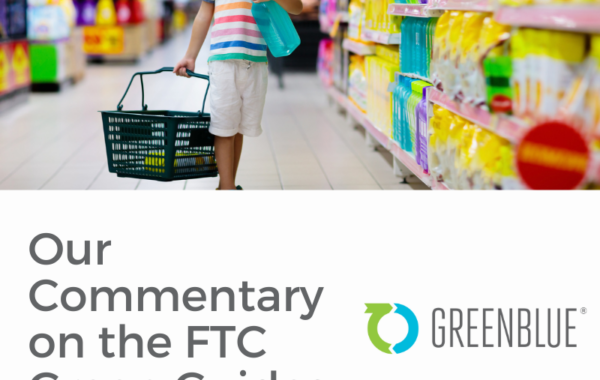May 8, 2017
It has taken decades to build up a culture and an infrastructure to support recycling in the United States. Every Tuesday like clockwork, my neighbors line up their blue carts of recycling next to their green carts of trash. For many people, recycling is as easy as filling up your cart and wheeling it to the curb. Unfortunately this isn’t the case for everyone. Some people have community drop-off sites for recycling and some have no access to recycling at all. Even in those communities where recycling is available, we don’t all have the ability to recycle the same types of products, creating confusion. So how do we know if the work done by all of our recycling leaders to create a recycling system in the United States has been successful and if it’s sustainable?
The panel on Building Trust in Recycling at SustPack 2017, which included panelists Derric Brown of Evergreen Packaging, Keefe Harrison of The Recycling Partnership, and Susan Robinson of Waste Management, tackled this and other questions about the current status and the future of recycling. As the panelists discussed, recycling isn’t easy. While brands and retailers have well-organized distribution systems to supply consumers with products, recycling is essentially returning those materials back to the marketplace through reverse logistics using a complex chain of 20,000 different local governments, over 200 material recovery facilities, and untold numbers of reprocessors and end markets. Creating a system in which all of these different entities can work together takes a lot of effort.

So how do we know if the recycling system is working? Traditionally, local governments have measured their recycling programs using weight, specifically, the tons of material diverted from the landfill. This measurement is easy to collect and makes sense to residents. As mentioned by the panel, another option is to use life cycle assessments (LCAs) as a way to measure the success of recycling. An LCA is a model that assesses the environmental impacts of a product or package from raw material extraction through disposal or recycling.
LCAs are complicated. A number of different pieces of data go into them, and the user can set up the parameters of each LCA differently. The outcomes of an LCA, like the eutrophication potential of a product, can be esoteric to the average consumer. As one panelist said, it would be hard to explain an LCA for recycling to residents. The outcome of an LCA depends on the data and parameters used to complete the model, making the results of one LCA difficult to compare to the results of someone else’s LCA.
While LCAs may be a valuable tool to help understand the carbon impacts of products, they should not be the sole measurement tool for solid waste management. LCAs can be used in addition to the measures already available to us, such as weight-based measures of landfill diversion, as well as waste characterization studies and measures of how much of our recyclable materials make it to the recycling cart instead of the trash cart.
So while we’re not yet able to measure the success of recycling with a single metric, what the recycling system does have going for it is that consumers really want it to work – they want to recycle and they expect to be able to recycle easily, both at home and away from home. As one panelist mentioned, when a material is removed from their recycling mix, they feel a sense of betrayal. When word spread in my community that glass might be ending up at the landfill after going to the MRF, my neighbors took to our neighborhood listserv to express their frustration that they were taking the time to recycle glass but it was not actually being recycled. But others wanted to find ways to keep recycling glass, like taking it to drop-off sites. Because people know that recycling benefits the environment, and they want to contribute.
We should continue to discuss how to measure the success of recycling, including how best to use landfill diversion, capture rates, and LCAs to understand our impacts. But we should also keep in mind the less measurable impacts of recycling, such as empowering consumers to take action that benefits the environment.





